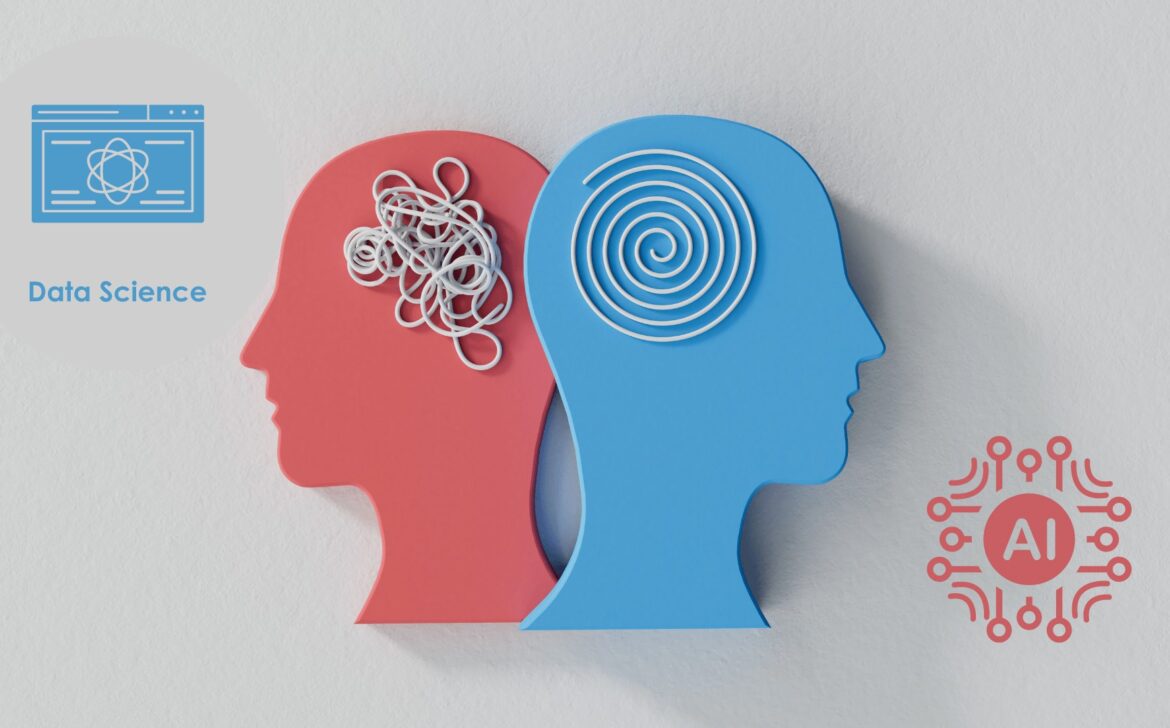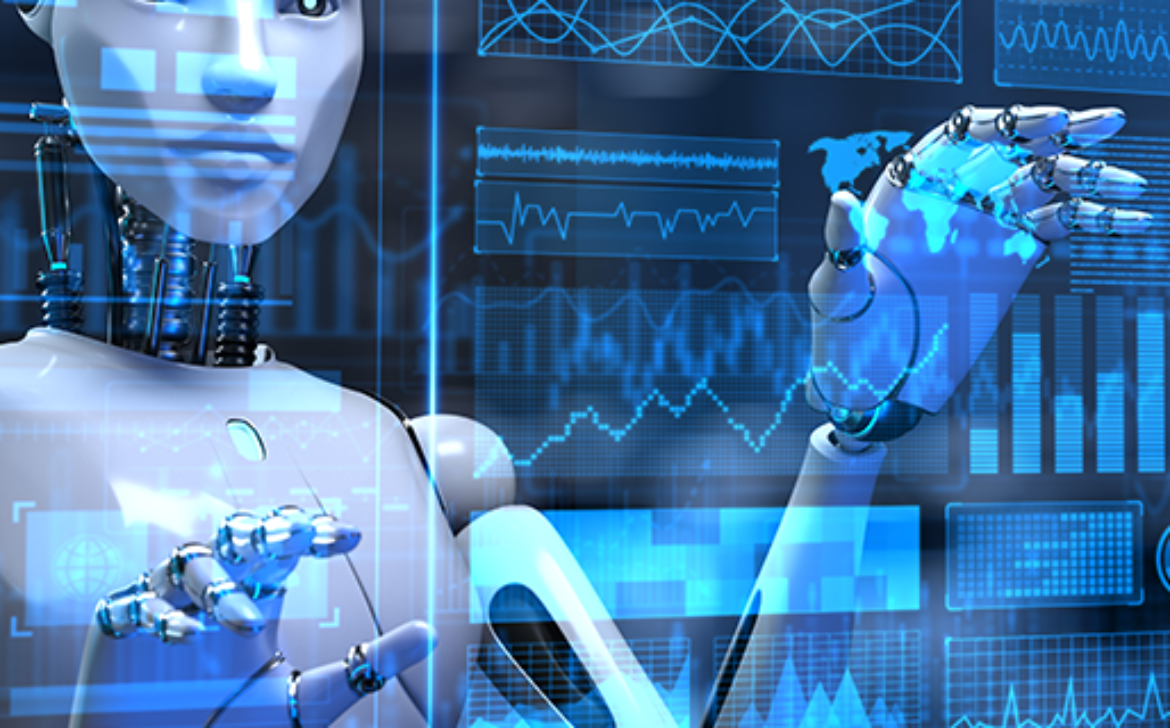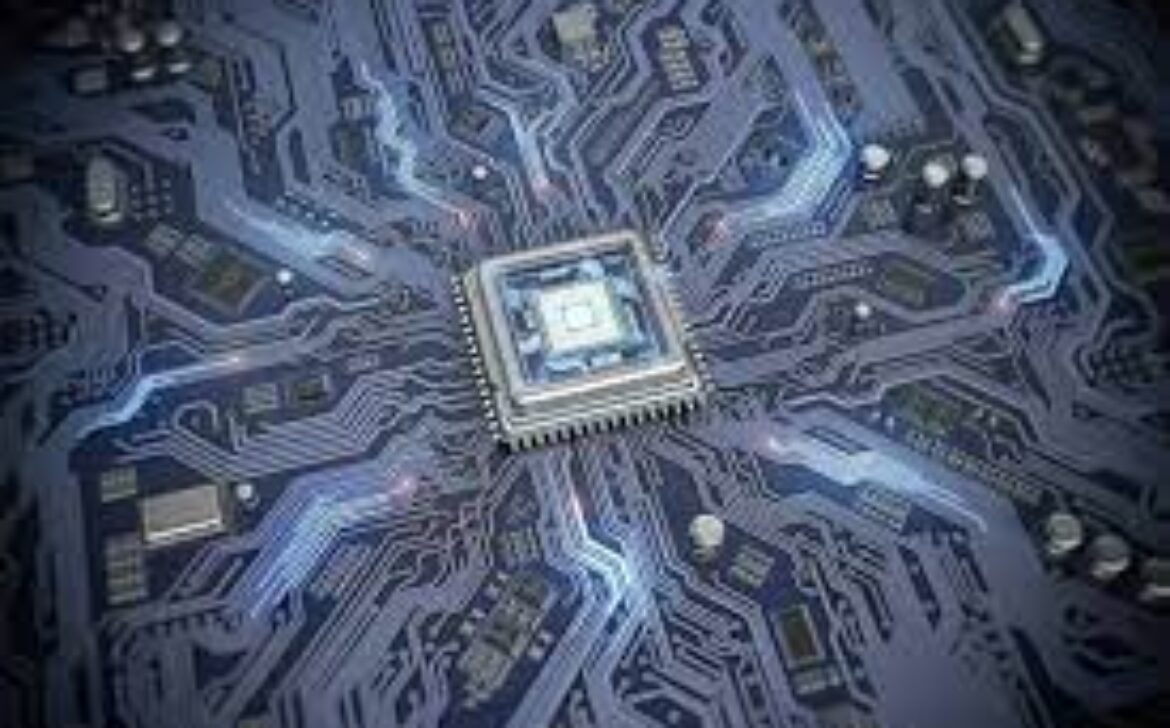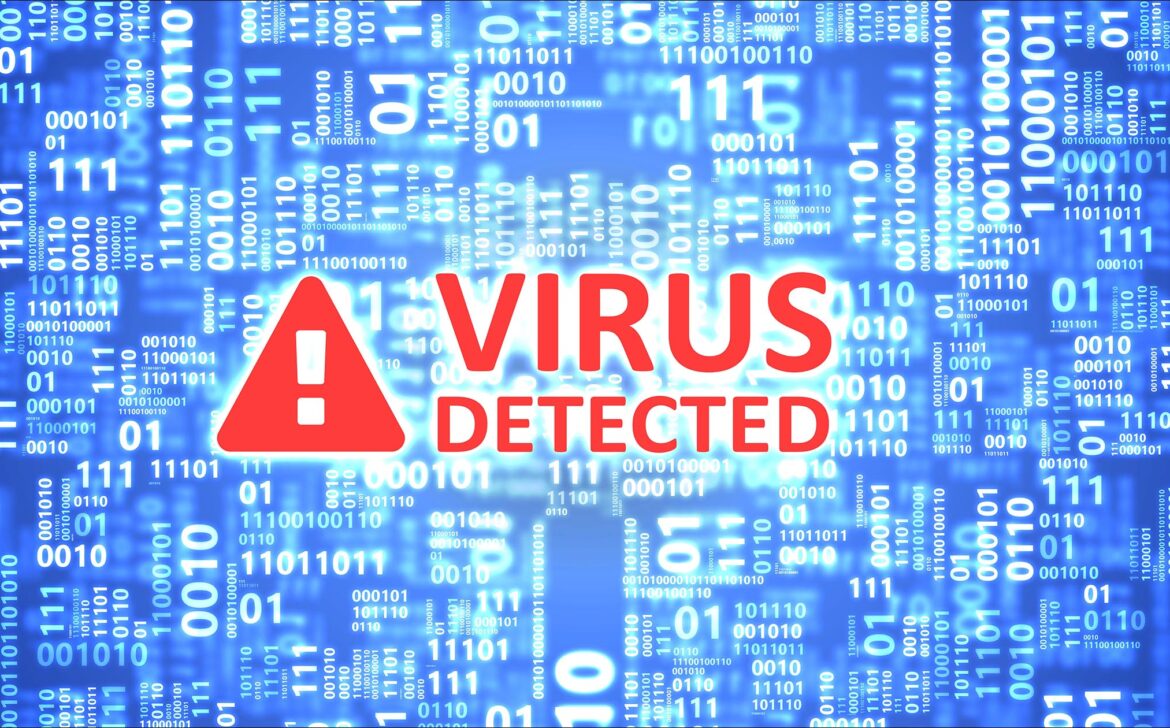Introduction
In the digital age, computer systems are an integral part of our lives, from personal devices to critical infrastructures. However, with the convenience and connectivity that computers offer, they also face numerous threats, one of the most notorious being computer system viruses. In this blog, we will delve into the world of computer viruses, understanding their nature, potential consequences, and the essential safeguards to protect our valuable data and systems.
- Understanding Computer System Viruses: The Basics
Computer viruses are malicious software programs designed to replicate and spread from one computer to another, often without the user’s knowledge or consent. They can cause a range of issues, from disrupting system functionality to stealing sensitive information.
- Common Types of Computer Viruses
There are various types of computer viruses, each with its own specific characteristics and methods of attack. These include file infectors, macro viruses, boot sector viruses, ransomware, spyware, and more. Understanding their modes of operation helps in implementing targeted protection measures.
- How Computer Viruses Spread: Vectors and Transmission
Computer viruses can spread through multiple vectors, such as email attachments, infected websites, removable media, and network connections. Awareness of these transmission methods is vital to prevent infection.
- Impact of Computer Viruses: Risks and Consequences
The impact of computer viruses can be devastating, leading to data loss, system crashes, financial losses, and damage to an organization’s reputation. In severe cases, viruses can even lead to the complete compromise of a computer system.
- Anti-Virus Software: Shielding against Threats
Anti-virus software is a fundamental tool in the battle against computer viruses. These programs detect, prevent, and remove malicious software from computers, safeguarding them from potential threats.
- Regular System Updates: Closing Vulnerabilities
Software developers continuously release updates to patch security vulnerabilities and enhance system resilience. Keeping computer systems up-to-date is crucial in mitigating the risk of virus attacks.
- Safe Internet Practices: Minimizing Exposure
Practicing safe internet habits, such as avoiding suspicious links and downloads, using strong passwords, and being cautious with email attachments, reduces the chances of falling victim to virus-infected content.
- Firewall Protection: Fortifying System Defenses
Firewalls act as a barrier between a computer system and external networks, monitoring and blocking potentially harmful traffic. Implementing firewalls adds an additional layer of protection to computer systems.
- Data Backups: Ensuring Data Resilience
Regularly backing up essential data is a proactive approach to combatting the potential loss of information due to virus attacks. Backups offer a safety net, allowing for data restoration in case of a successful virus infection.
- Cybersecurity Awareness Training: Educating Users
Education is a powerful defense against computer viruses. Providing cybersecurity awareness training to users helps them recognize potential threats and adopt secure practices while using computer systems.
Conclusion
Computer system viruses present a significant threat in our interconnected world. By understanding the various types of viruses, their modes of transmission, and the potential consequences they can bring, we can better equip ourselves to protect our valuable data and systems. Implementing a robust combination of anti-virus software, regular updates, safe internet practices, firewalls, data backups, and cybersecurity awareness training can create a fortified defense against computer viruses. With a proactive and vigilant approach, we can secure our computer systems and embrace the digital world with confidence, knowing that our data and systems are shielded from malicious threats.










